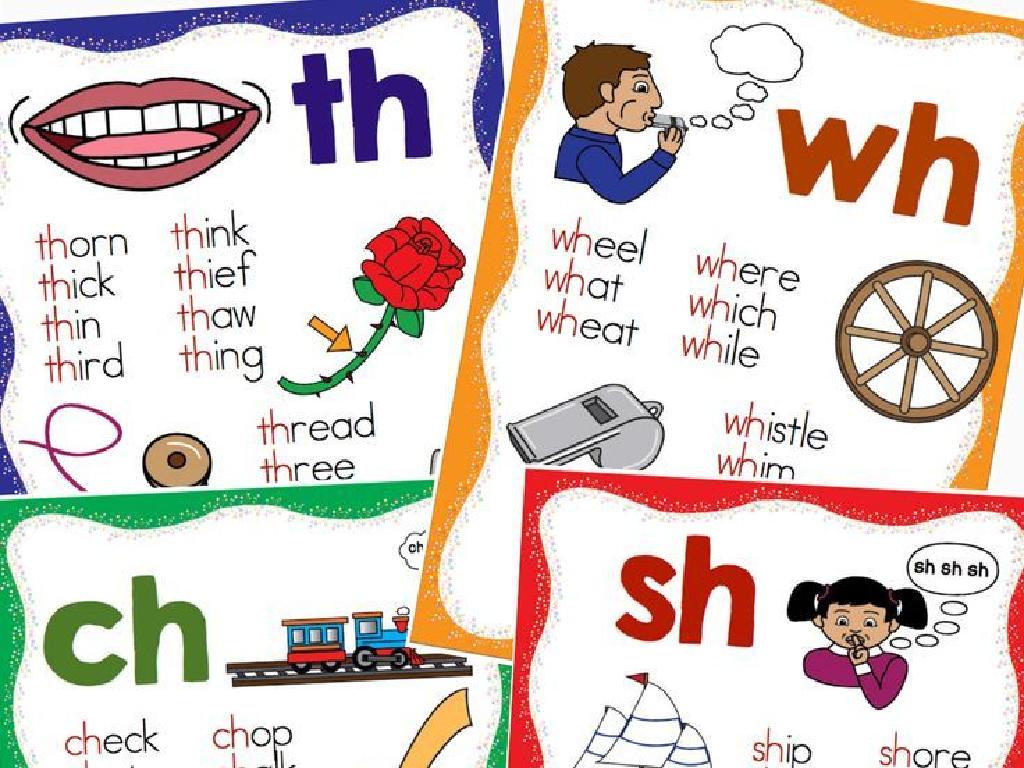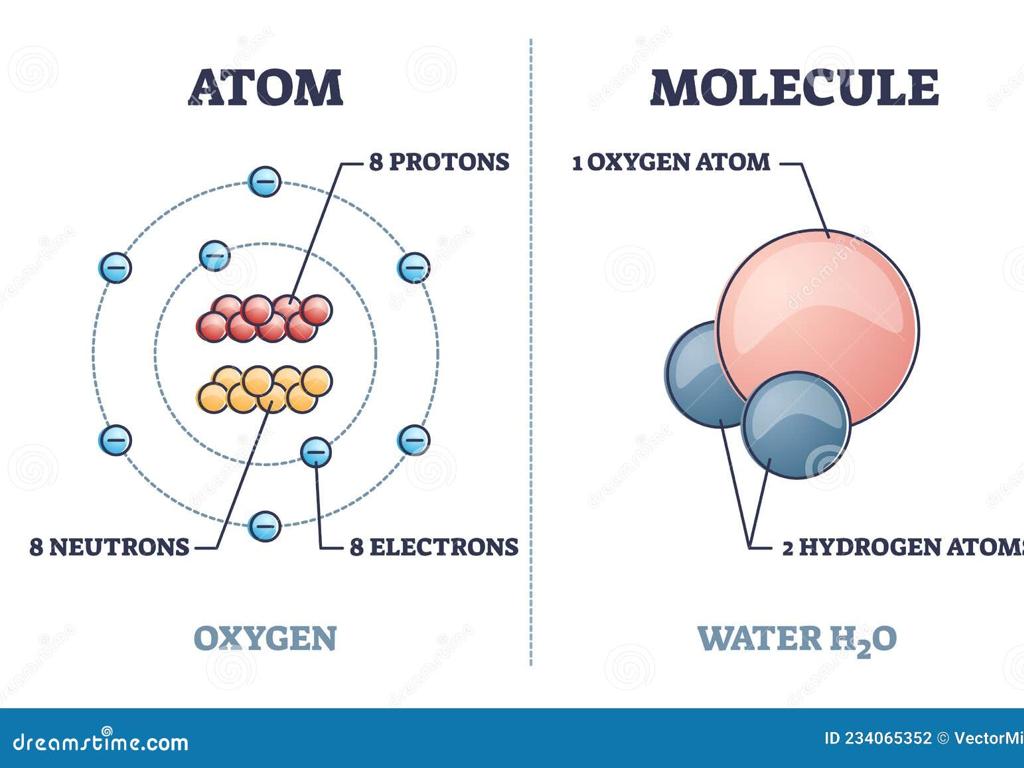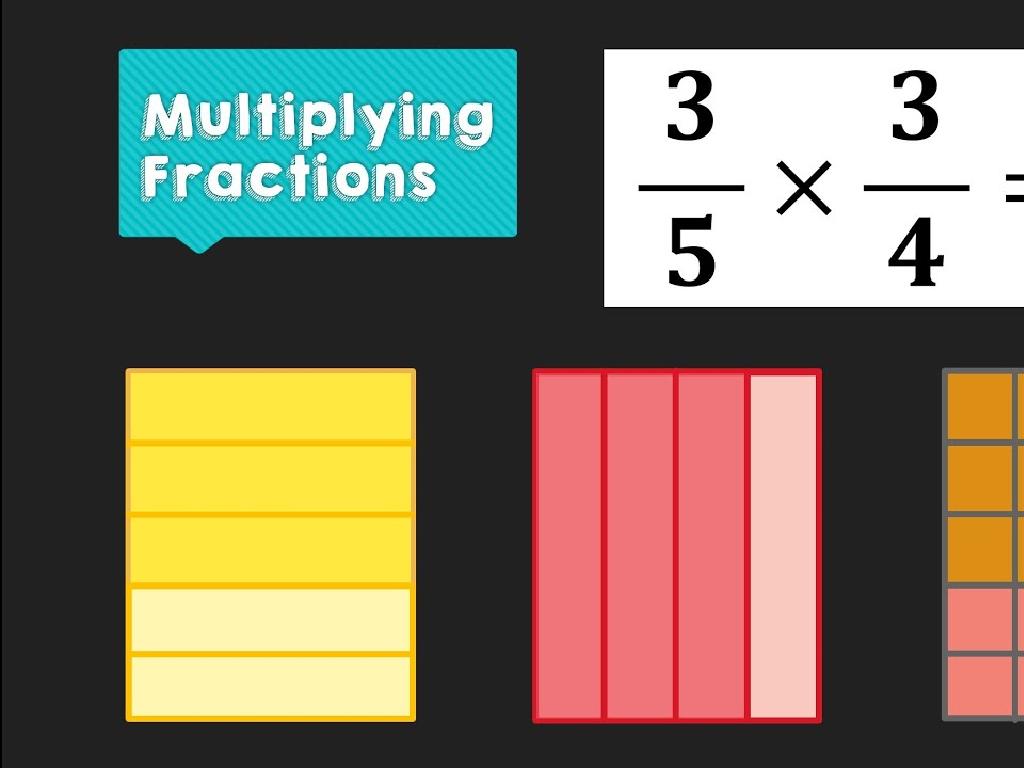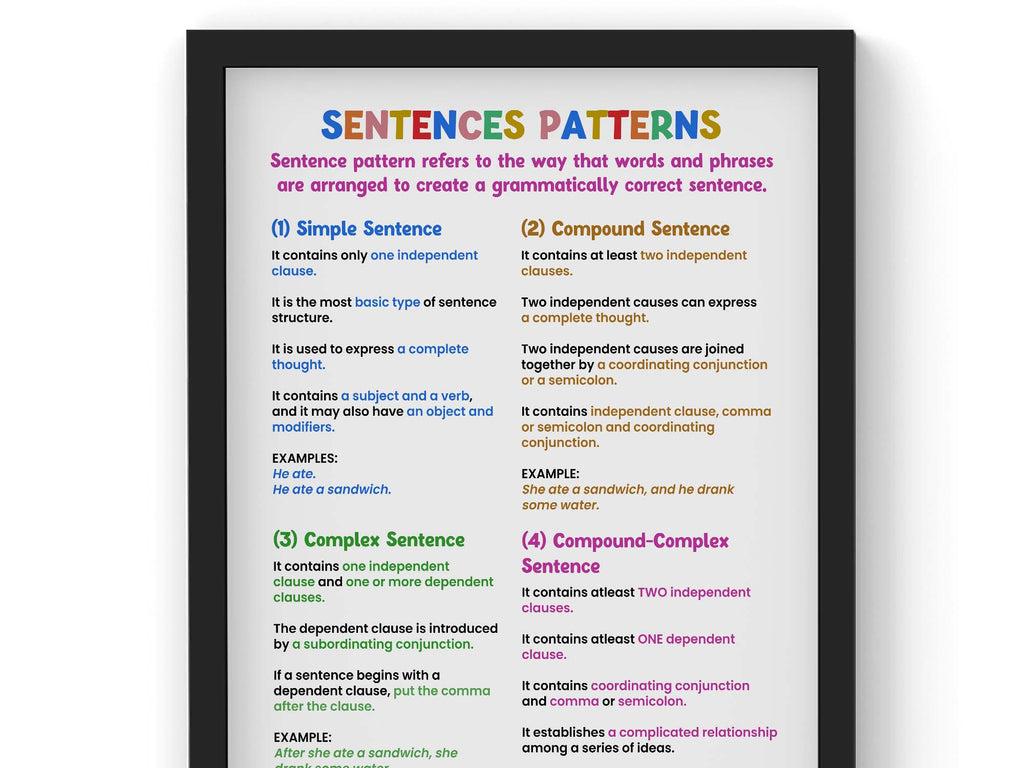Source Analysis: The Declaration Of Independence
Subject: Social studies
Grade: Seventh grade
Topic: The American Revolution
Please LOG IN to download the presentation. Access is available to registered users only.
View More Content
The Declaration of Independence
– Origins of the Declaration
– Drafted in 1776, it announced the colonies’ separation from Britain.
– Key principles outlined
– It emphasizes liberty, equality, and the right to self-govern.
– Impact on the Revolution
– Galvanized support for independence, inspiring revolutionary action.
– Significance in history
– It laid the foundation for U.S. democracy and inspired global movements.
|
This slide introduces the Declaration of Independence as a pivotal document in American history. Begin by discussing its origins and the context in which it was created in 1776. Highlight the key principles of liberty, equality, and the right to self-govern, which were revolutionary at the time. Explain how the Declaration impacted the American Revolution by uniting the colonists and encouraging the fight for independence. Emphasize its lasting significance, not only as the foundation of American democracy but also as an inspiration for other nations seeking self-determination. Encourage students to reflect on the values presented in the Declaration and how they continue to influence American society today.
Understanding the Declaration of Independence
– Historical significance of the document
– Marked the colonies’ independence from Britain
– Adoption date: July 4, 1776
– Key authors: Jefferson, Franklin, Adams
– Collaborative effort in drafting the declaration
– The document’s role in American freedom
– It laid the foundation for US democracy and liberty
|
The Declaration of Independence is a pivotal document in American history that marked the legal separation of the thirteen colonies from British rule. It was officially adopted on July 4, 1776, a date now celebrated as Independence Day in the United States. The key authors, including Thomas Jefferson, Benjamin Franklin, and John Adams, played significant roles in articulating the colonies’ desire for freedom. This document not only declared independence but also set forth the principles of individual liberty and democratic governance that would shape the emerging nation. In class, we will explore the context in which the Declaration was written, its main components, and its lasting impact on the United States and the world.
Exploring the Structure of the Declaration of Independence
– Preamble: Declaration’s Introduction
– Sets the stage for why the Declaration was necessary
– Statement of Beliefs: Government & Rights
– Outlines fundamental principles like ‘all men are created equal’
– List of Grievances: Complaints Against the King
– Specific examples of the King’s injustices, like taxation without representation
– Resolution of Independence: Colonies’ Freedom
– Officially states the colonies are now independent states
|
This slide aims to break down the Declaration of Independence into its four main parts for students to understand its structure and purpose. The Preamble introduces the reasons for the Declaration. The Statement of Beliefs outlines the philosophical foundations of American government and the inherent rights of individuals. The List of Grievances details the colonies’ complaints against King George III, providing specific examples of perceived tyranny. The Resolution of Independence is the culminating declaration that the colonies are free from British rule. Encourage students to think about how each section builds upon the last to justify the colonies’ break from Britain and to reflect on the historical significance of these statements.
Key Concepts in the Declaration of Independence
– Equality: ‘All men are created equal’
– This means everyone has the same value and deserves the same respect.
– Unalienable Rights: Life, Liberty, and Happiness
– These are rights that cannot be taken away or denied.
– Right to change the government
– If a government fails, people can change or remove it.
– Power from the people
– The government’s power comes from the consent of the governed.
|
This slide highlights the fundamental principles outlined in the Declaration of Independence. Emphasize the revolutionary idea that all individuals are equal and have inherent rights that cannot be taken away, which was a radical shift from the monarchies of the time. Discuss the concept of unalienable rights, focusing on life, liberty, and the pursuit of happiness as essential freedoms. Explain the right of the people to alter or abolish an ineffective government, which justified the American colonies’ separation from British rule. Lastly, underline that the government’s power is derived from the people’s consent, establishing a government ‘of the people, by the people, for the people.’ Engage students by discussing how these concepts are relevant today and ask them to consider examples of these principles in action.
Analyzing Primary Sources: The Declaration of Independence
– Define a primary source
– Original documents from the time of an event
– Significance of the Declaration
– The Declaration is a key document in U.S. history, marking the nation’s independence.
– Analyzing Declaration’s language
– Examine the choice of words and phrases used in the Declaration
– Understanding historical context
– Consider the time period and events leading up to the Declaration
|
This slide introduces students to the concept of primary sources and their importance in studying history, specifically focusing on the Declaration of Independence. A primary source is an original document or evidence from the time of a particular event, which provides firsthand insight. The Declaration of Independence is a crucial primary source that offers a window into the American Revolution and the founding ideals of the United States. When analyzing the language of the Declaration, students should pay attention to the rhetoric, tone, and persuasive strategies employed by the authors. Understanding the historical context involves considering the circumstances of the time, including the relationship between the colonies and Britain, and the broader Enlightenment ideas that influenced the Declaration. Encourage students to think critically about the source and its impact on American history.
Activity: Analyzing the Declaration of Independence
– Select a passage from the Declaration
– Highlight key words and phrases
– Look for words that stand out and seem important
– Discuss passage meanings
– What is the passage saying about freedom and rights?
– Explore implications of the text
– How did this passage impact the American Revolution?
|
This activity is designed to deepen students’ understanding of the Declaration of Independence by closely examining its text. Students will choose a specific passage to focus on, identifying key words and phrases that are significant to the document’s message. They will discuss the meaning of these phrases and consider the broader implications for the American Revolution and the founding principles of the United States. Encourage students to think about the historical context in which the Declaration was written. Possible activities include group discussions, individual presentations, or creative projects like drawing or acting out the passage’s themes. This will help students connect with the material in a personal and engaging way.
The Impact of the Declaration of Independence
– National and global influence
– The Declaration shaped political thought in the U.S. and abroad.
– Spark for other revolutions
– It motivated revolutions in France, Latin America, and beyond.
– Symbol of American identity
– It’s a cornerstone of national pride and values in the U.S.
– Enduring legacy in democracy
– Its principles continue to influence democratic ideals worldwide.
|
This slide aims to highlight the far-reaching impact of the Declaration of Independence, not just within the United States but across the world. It’s crucial to convey to students how the Declaration served as a beacon of hope and a model for other nations seeking self-determination and democratic governance. Emphasize the document’s role in shaping American identity, fostering a sense of unity and purpose among the citizens. Discuss how the Declaration’s core values of liberty, equality, and the pursuit of happiness continue to resonate in modern democratic societies. Encourage students to consider how these principles are reflected in current events and the ongoing struggle for rights and freedoms globally.
Class Activity: Creating Our Declaration
– Form small groups
– Identify class issues
– Discuss what matters to everyone in class
– Draft a statement of beliefs
– What values do we share as a class?
– List grievances and resolution
– Express our collective concerns and how we’d address them
|
This activity is designed to engage students with the principles of the Declaration of Independence by creating their own class declaration. Divide the class into small groups to foster collaboration. Each group should discuss and identify issues within the class or school that they feel are important. They will then draft a statement reflecting their shared beliefs and values. Following this, students should list specific grievances or problems they’ve identified and conclude with a resolution or proposed actions to address these issues. This exercise will help students understand the structure and purpose of the Declaration of Independence by relating it to their own experiences. Encourage creativity and ensure that each group has a chance to present their declaration to the class.
Reflecting on the Declaration of Independence
– Recap the Declaration’s essence
– Summarize the Declaration’s purpose and content
– Understand source analysis value
– Source analysis uncovers historical context and intent
– Reflect on today’s discoveries
– Share personal insights or questions raised
– Discuss our learning takeaways
– Highlight key lessons and how they apply to our understanding of history
|
As we conclude today’s lesson, it’s important to revisit the main points of the Declaration of Independence, emphasizing its role in American history and the principles it stands for. Discuss why analyzing primary sources like the Declaration is crucial for a deeper understanding of historical events and the perspectives of those who lived through them. Encourage students to share their reflections on what they’ve learned, including any new insights or questions that have arisen. This discussion will help solidify their knowledge and demonstrate the relevance of historical analysis in learning about our past. Use this opportunity to connect the dots between the Declaration, the American Revolution, and the broader context of the fight for independence.


/mla_works_cited_example.png)



